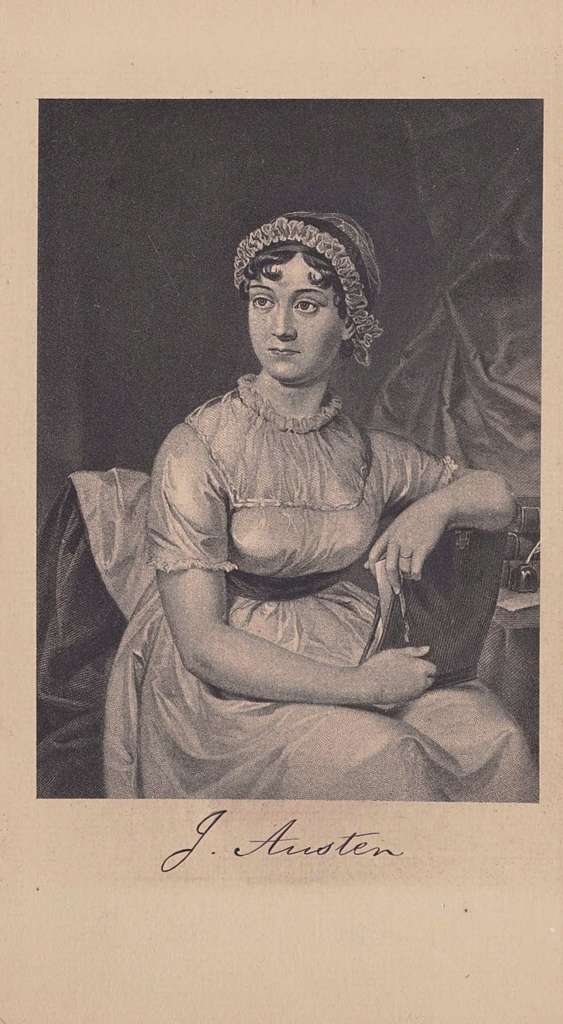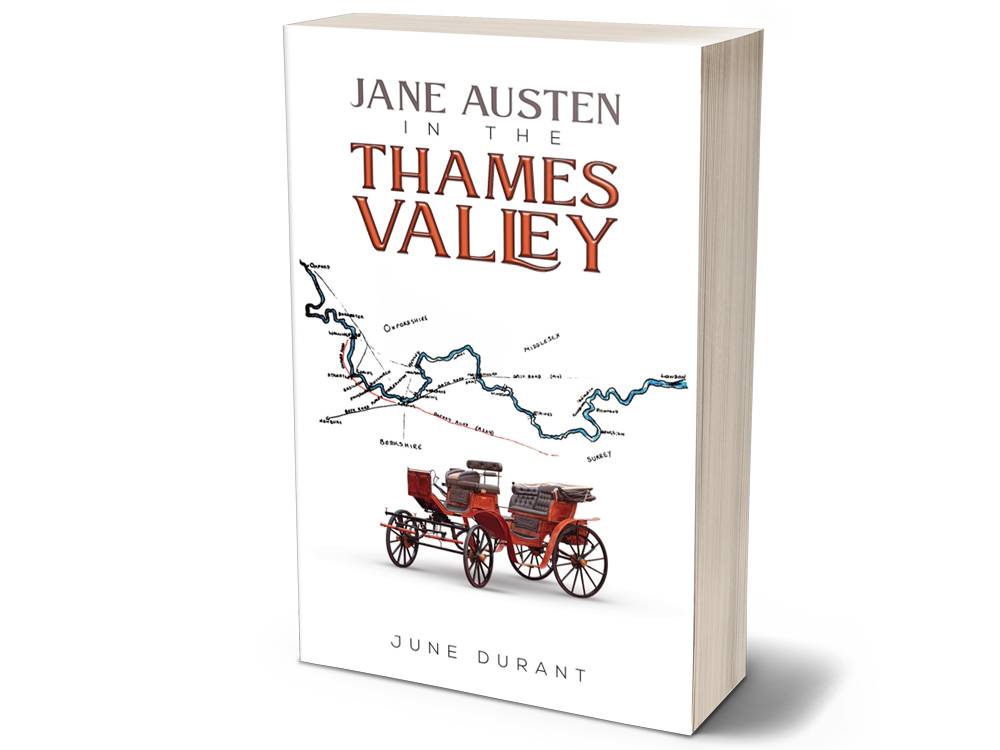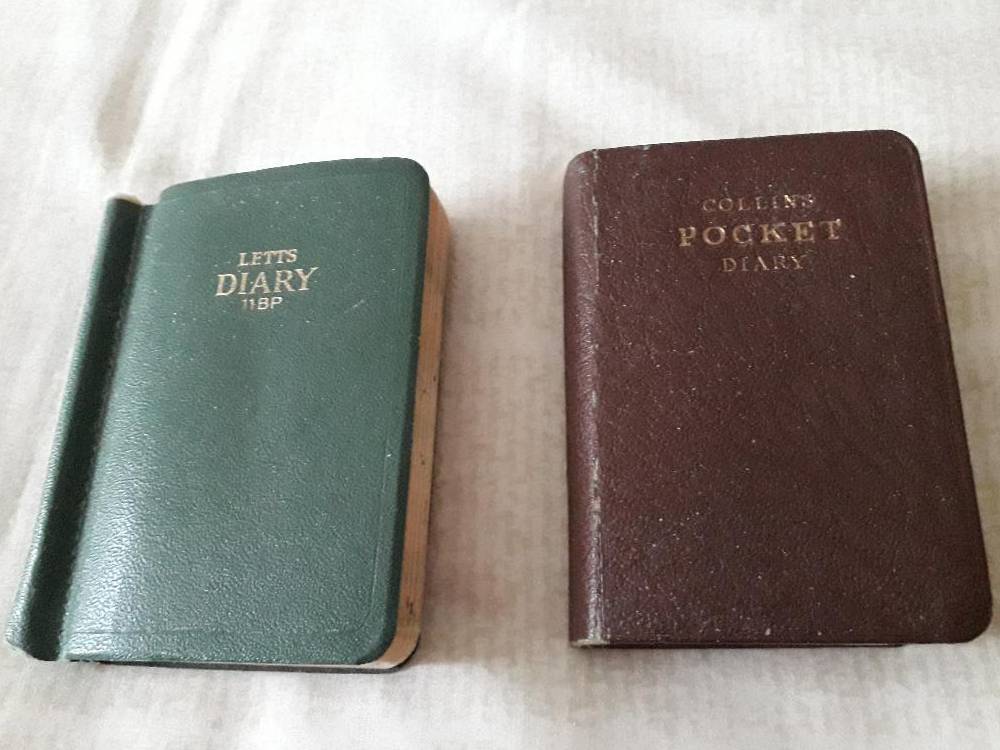Explore and uncover the links between Jane Austen and the Thames Valley with a new book by Berkshire author Jane Durant and follow in the delicate footsteps of our heroine
It is a truth universally acknowledged that Jane Austen is one of our most loved authors and her books some of the most read in the world, but how much do we know of her local connections?
Discover a fresh perspective on her life with a new book Jane Austen in the Thames Valley which delves into her lesser-known connections with our area in the expert hands of local author Jane Durant.
The Thames Valley, a region frequently overlooked in Austen studies, harbours numerous ties to the beloved author, more than initially apparent as June reveals in this thoroughly researched and meticulously documented book, unveiling these connections. Accompanying the narrative are three detailed excursions designed to help readers explore and uncover the links between Jane Austen and the Thames Valley.

“For enthusiasts like me,” begins June, a retired teacher, “we must visit the places where Jane Austen placed her feet or had any tenuous connection with her. We all wish that she visited our own area – whether it be the United Kingdom or further afield. I felt that her connection with my area of the Thames Valley (I lived in Wokingham and now Arborfield) was neglected and I began to visit such places that were mentioned in her many biographies or articles written about her. The very lack of evidence provoked the bloodhound in me.”
June’s ‘bloodhound’ was first stirred after being given a year’s subscription to the Jane Austen Society in the early 1990s and, despite the writer not being on her radar, on a whim she decided to keep up the subscription and her love affair blossomed, “I began with biographies and initially knew more about her than about her books.”

Those books – Sense and Sensibility (1811), Pride and Prejudice (1813), Mansfield Park (1814), Emma (1815), Northanger Abbey (1817) and Persuasion (1817) – are as loved today as they were when Jane put pen to paper at her home in Chawton, Hampshire, sitting at her small writing table.
Her enduring attraction June puts down to “academics in the literary world who wish to admire and analyse a style of prose. There is plenty to intrigue the critique in Austen. Then there are the films that animate the general public who, especially over the past two decades, love costume drama.
“Another reason for Austen’s enduring attraction is that her novels are wide open for the fan-fiction writers of this world. Her unfinished stories (The Watsons and Sanditon) had them finished by novelists as early as 1845 and continue to this present day with Andrew Davies’s Sanditon. It could also be that there are others like me who just can’t leave unanswered questions alone.”
It was these unanswered questions that led June to her book Jane Austen in the Thames Valley investigating beyond the biographies and through the ‘evidence’ sections in her book clarifies some of Jane’s connections with Berkshire and Oxfordshire. She continues: “Added to this, I can’t stop writing and have kept a journal for decades. My Jane Austen journals are also illustrated with photographs and ephemera. Jane Austen in the Thames Valley sort of materialised unintentionally and then I wanted to share my discoveries with my Jane Austen friends. Two successful publications encouraged me to submit the book to [publishers] Austin Macauley.”
June’s writing examines Henley and Harpsden, rich in familial links and evidenced in a letter in which Jane writes: “We are to go to Windsor in our way to Henley”. Further explorations led to discoveries in Fawley, Hurley, Wargave, Sonning and Hare Hatch where she followed in the footsteps of many of Jane’s friends and relations.
Reading is well known as where Jane went to school, the Jane Austen Society has placed a plaque near the spot where the school once stood. Jane and her brother Henry stayed in Reading overnight when she writes in a letter from the time “I should not wonder if we got no farther than Reading on Thursday evening”. She references a stop over in Reading in Sense and Sensibility when sisters Eleaner and Marianne are travelling and “wondered whether Mr Palmer and Colonel Brandon would get farther than Reading that night”, showing her familiarity with Reading as a staging post.
June’s work gives an insight into the life and character of Jane, whose sense of humour, interest in human behaviour and quirky opinions of idiosyncrasies shape her novels and form her characters. “Mostly she was a typical parson’s daughter of her times, with the added injection of an incredibly intelligent and lively family life,” says June. While she garnered little ’fame’ in her own lifetime had she been living in this celebrity-obsessed time, June adds: “I think she would have been very pleased at her celebrity status – so long as she did not become famous and ‘an exhibit’. I think, too, that she would have been derisive of the extreme fanaticism of some of her Janeite fans.”
So which is June’s favourite Austen? “My favourite book is always the one that I would be currently reading. At the moment it is Northanger Abbey which gallops along with a lot of humour and young persons’ view of life. Every time I read this book I fall in love with Henry Tilney. He remains my favourite man of all the novels. And I must admit that I love Catherine best because I prefer to teach teenagers to any other age group.”
Jane Austen in the Thames Valley is available from Austin Maccauley at Jane Austen in the Thames Valley


















Comments